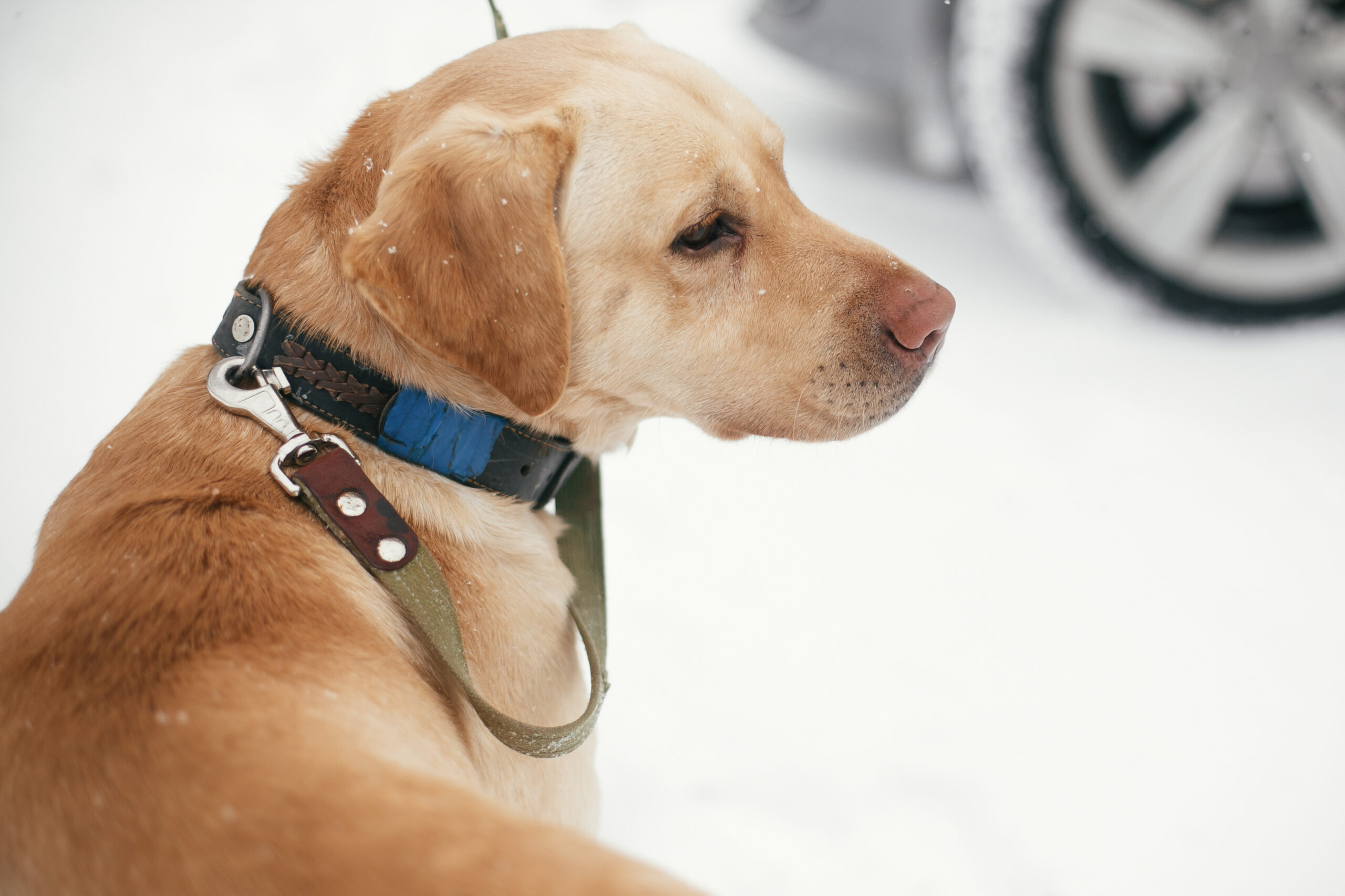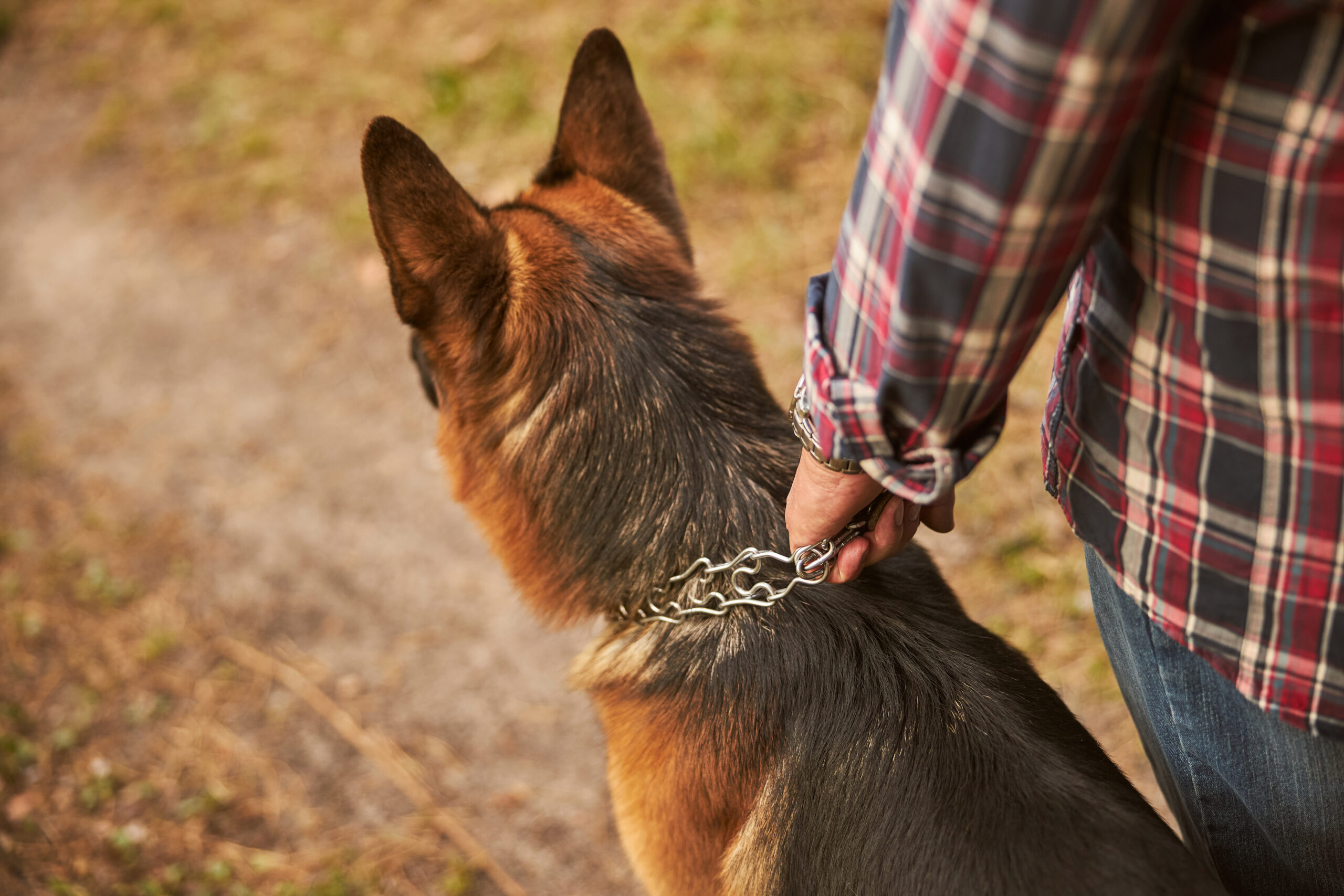
Are Electric Dog Training Collars Safe?
Training tools for dogs often spark debate, and few stir as much discussion as the e-collar. Some people see it
GET YOUR DOG COLLAR TODAY! FREE SHIPPING FOR A LIMITED TIME!

Indoor Dog Training: Mastering Boundary Training with Pet Sensor
Boundary training for dogs can be both rewarding and challenging. A key technique for effective indoor dog training is boundary training. While most dogs are familiar with the “place” command, where they head to a designated spot, boundary training flips this concept. Instead of directing your dog where to go, you teach them which areas are off-limits. This approach is crucial in maintaining order and ensuring safety, especially in shared or restricted spaces.
Here the team from Pet Sensor explains all you need to know about boundary training for dogs and the benefits of using e-collars.
What is Boundary Training for Dogs?
Boundary training teaches your dog to recognize areas they should avoid. It’s particularly useful in homes with specific no-go zones, like kitchens, certain rooms, or areas with delicate items. With proper training, your dog will understand these boundaries, even without a physical barrier in place.
How to Teach Your Dog Boundaries
Dogs respond well to visible boundaries, which makes the training process smoother. For example, using a play mat as an “off-limits” area can provide your dog with a defined space to avoid. While this mat has four sides, it provides an added layer of challenge as you guide your dog around the entire perimeter.
Applying Boundary Training Techniques
The steps below outline a systematic approach to boundary training for dogs:
The Benefits of Boundary Training with Pet Sensor
Boundary training for dogs offers many advantages, particularly with the help of Pet Sensor technology. By incorporating this approach into your indoor dog training routine, you not only enhance your dog’s understanding of spatial boundaries but also create a safer and more organized environment. Whether you want to keep your dog off certain furniture, away from certain rooms, or protect delicate spaces, boundary training provides a structured, effective solution.
To learn more about boundary training for dogs, contact us online today!

Training tools for dogs often spark debate, and few stir as much discussion as the e-collar. Some people see it

Training a stubborn dog can test even the most patient owner. Whether it’s a young dog ignoring boundaries within your